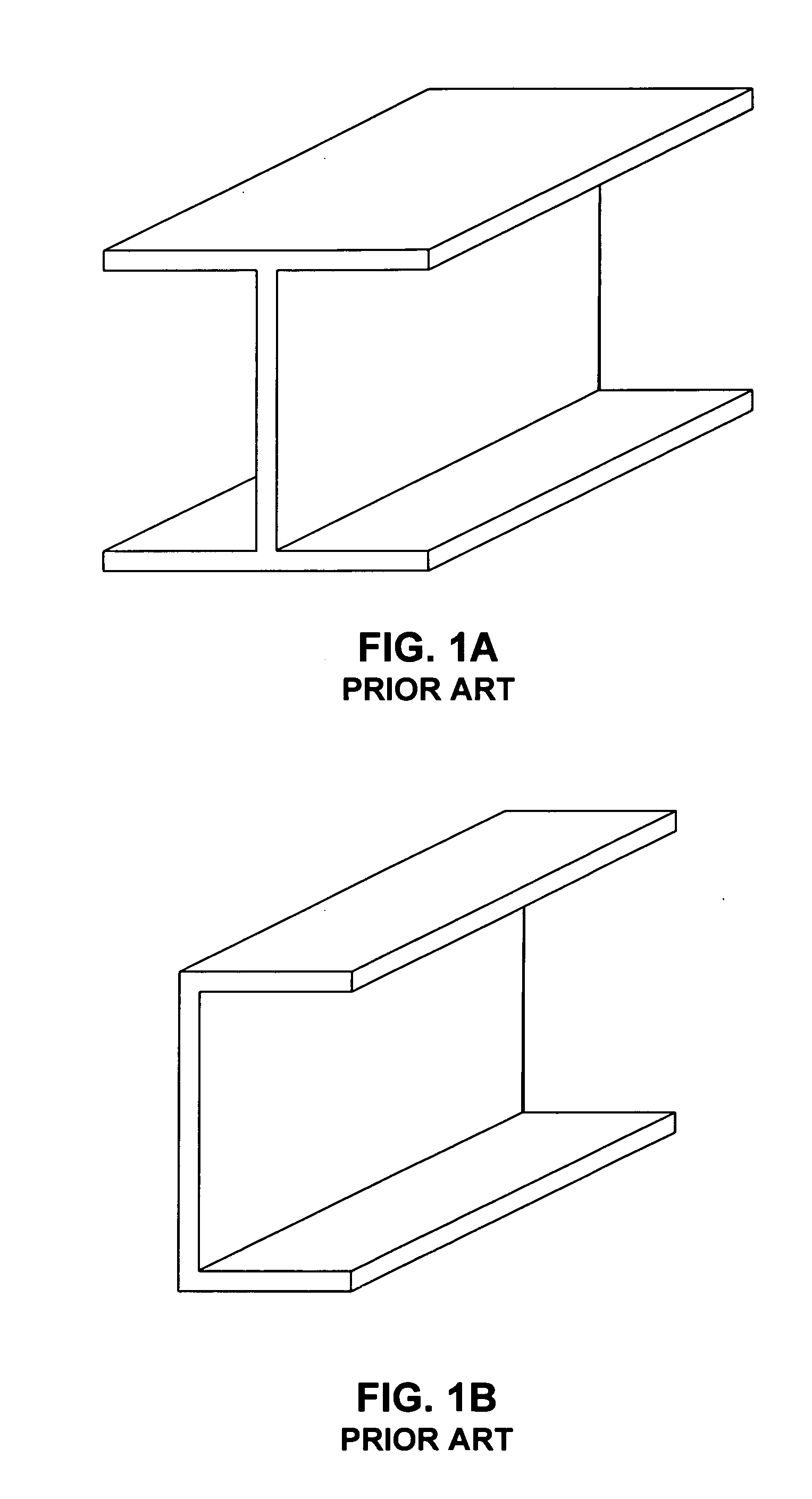Friction stir welding process to join two or more members in forming a three-dimensional joint
a three-dimensional joint and friction stir technology, applied in welding/soldering/cutting articles, non-electric welding apparatus, manufacturing tools, etc., can solve the problems of difficult quality control, difficult installation of fasteners, and difficult etc., to facilitate the setup and alignment process, enhance the coupling effect, and reduce the number of members
- Summary
- Abstract
- Description
- Claims
- Application Information
AI Technical Summary
Benefits of technology
Problems solved by technology
Method used
Image
Examples
Embodiment Construction
[0021] Embodiments of the present invention are illustrated in the FIGUREs, like numerals being used to refer to like and corresponding parts of the various drawings.
[0022] The present invention provides a means of joining a first structural member and a second structural member that substantially addresses the above identified needs. The first structural member is joined to a second structural member to form a three dimensional joint. This involves first aligning a first structural member to a second structural member. The first structural member has a channel with which to receive a portion of the second structural member. Once aligned, the first structural member and second structural member may be friction stir welded at the channel to plasticize the material adjacent to the channel of both the first structural member and the second structural member to form a friction stir weld joint. This allows three dimensional objects to be formed from the friction stir weld joined members...
PUM
| Property | Measurement | Unit |
|---|---|---|
| stiffness | aaaaa | aaaaa |
| weight | aaaaa | aaaaa |
| time | aaaaa | aaaaa |
Abstract
Description
Claims
Application Information
 Login to View More
Login to View More - R&D
- Intellectual Property
- Life Sciences
- Materials
- Tech Scout
- Unparalleled Data Quality
- Higher Quality Content
- 60% Fewer Hallucinations
Browse by: Latest US Patents, China's latest patents, Technical Efficacy Thesaurus, Application Domain, Technology Topic, Popular Technical Reports.
© 2025 PatSnap. All rights reserved.Legal|Privacy policy|Modern Slavery Act Transparency Statement|Sitemap|About US| Contact US: help@patsnap.com



